An infinite plane of charge with σ=2∈0Cm2 is tilted at a 37∘ angle to the vertical direction as shown below. Find the potential difference, VA−VB in volts, between points A and B at 5m distance apart. (where B is vertically above A).
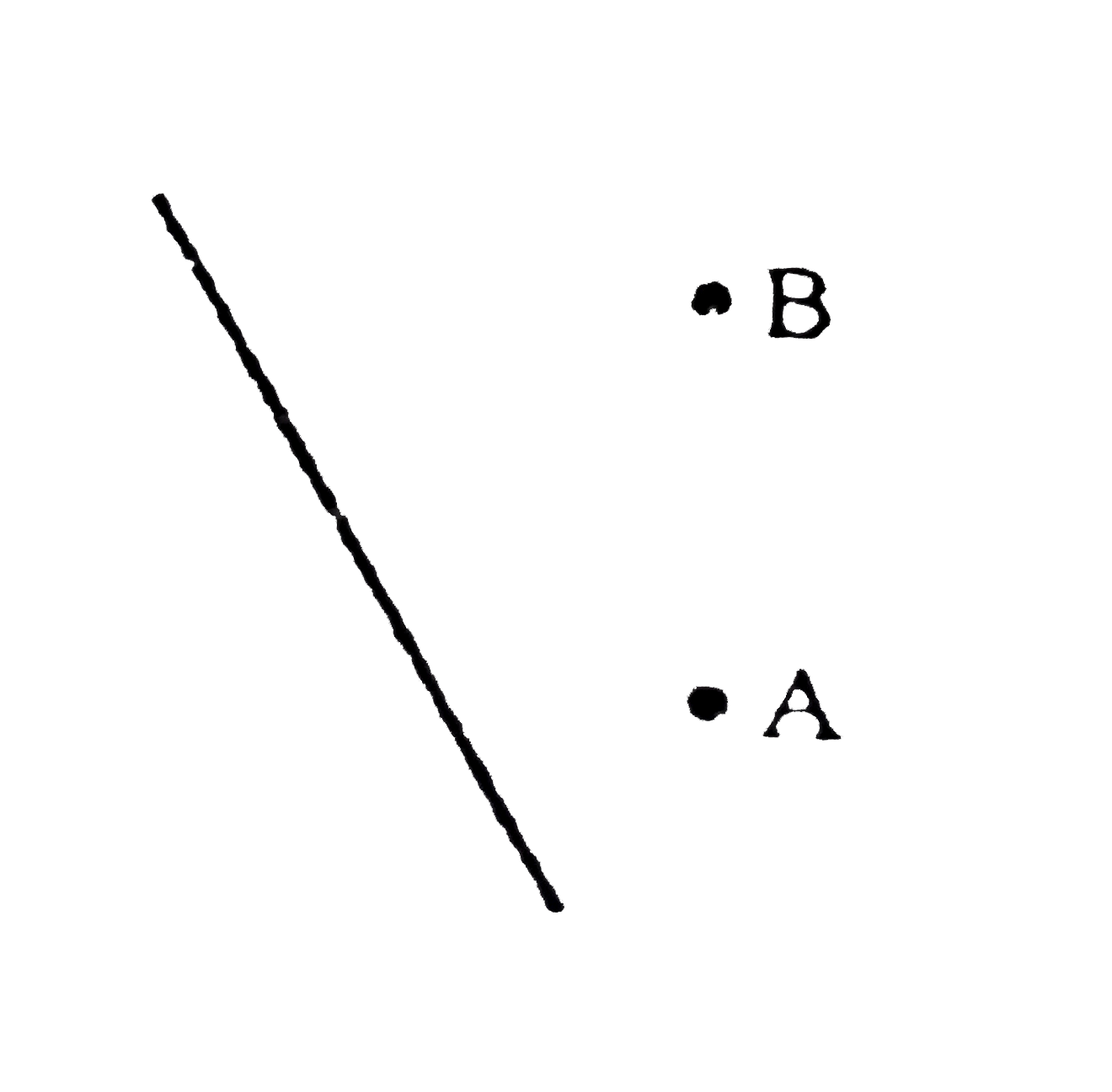
The correct Answer is:3

E=σ2ε0=1N/C∴VB−VA=−∫→E.d→l=(σ2∈0)(5cos53∘)=3V
Topper's Solved these Questions
- BOOK - ALLENCHAPTER - MISCELLANEOUSEXERCISE - Part -II Example Some worked out Examples1videos
MISCELLANEOUS
- BOOK - ALLENCHAPTER - MISCELLANEOUSEXERCISE - Exercise-0187videos
MISCELLANEOUS
- BOOK - ALLENCHAPTER - MISCELLANEOUSEXERCISE - Question1videos
MISCELLANEOUS
- BOOK - ALLENCHAPTER - KINEMATICS (MOTION ALONG A STRAIGHT LINE AND MOTION IN A PLANE)EXERCISE - BEGINNER S BOX-78videos
KINEMATICS (MOTION ALONG A STRAIGHT LINE AND MOTION IN A PLANE)
- BOOK - ALLENCHAPTER - PHYSICAL WORLD, UNITS AND DIMENSIONS & ERRORS IN MEASUREMENT EXERCISE - EXERCISE-IV8videos
PHYSICAL WORLD, UNITS AND DIMENSIONS & ERRORS IN MEASUREMENT
Similar Questions
Find the potential differnce VA−VB between points A and B of the circuit shown in.
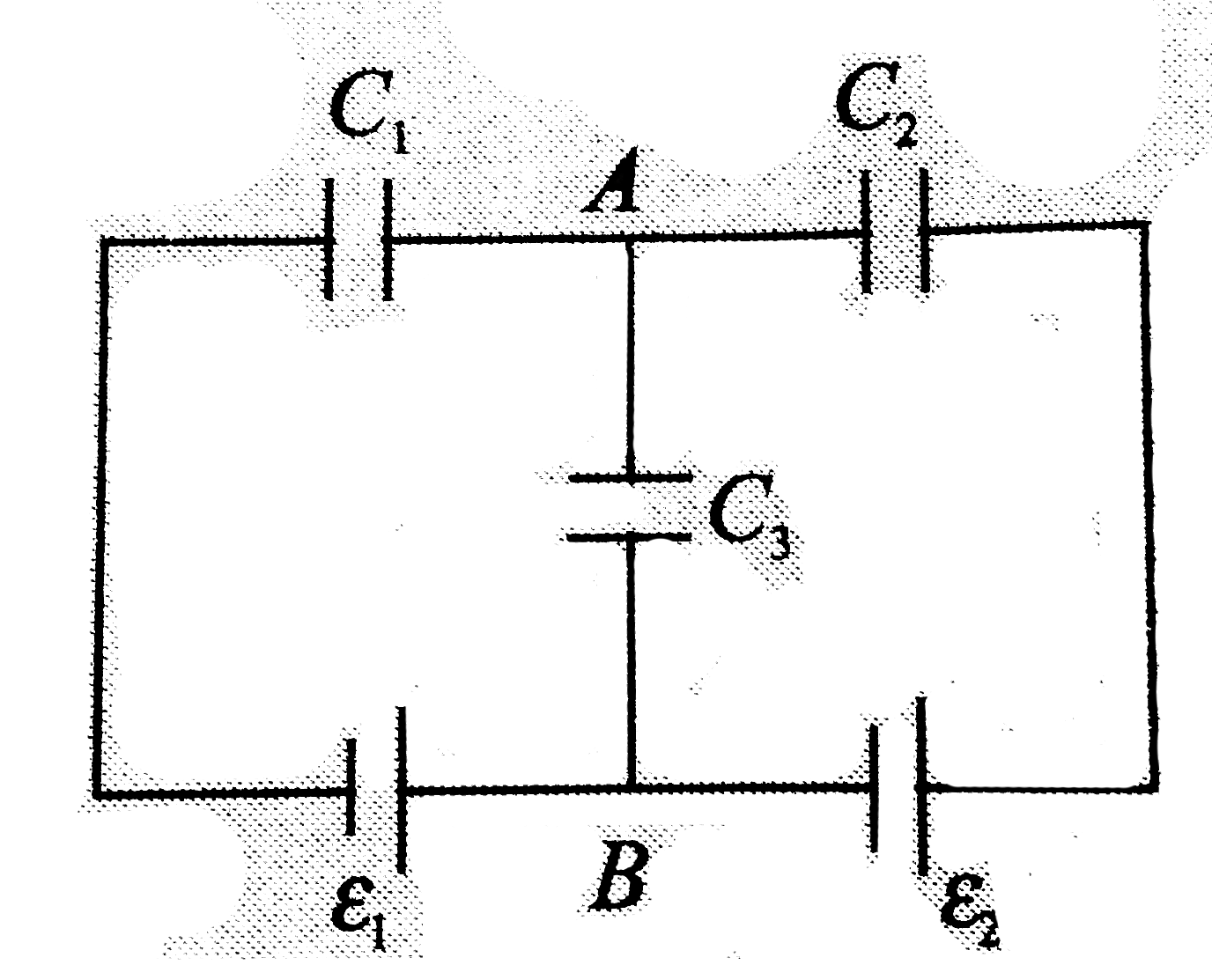 . View Solution
. View SolutionFind the potential difference VA−VB between points A and B of the circuit shown in figure.
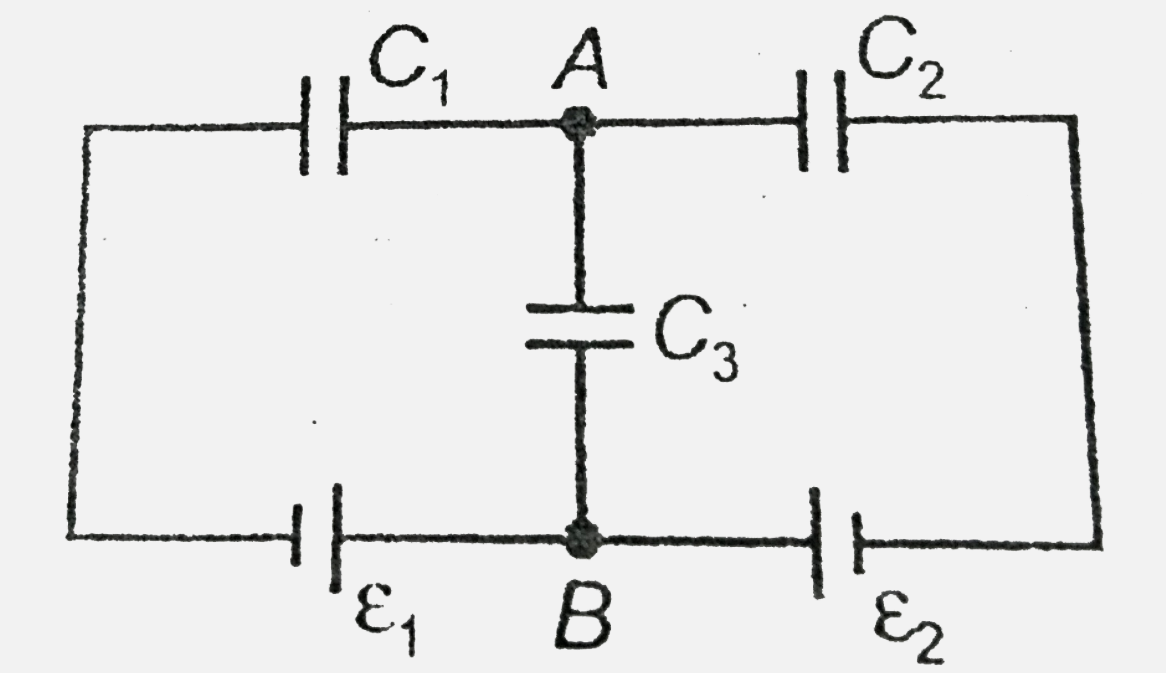 View Solution
View SolutionFind the potential difference Va−Vb , between the points a and b shown in each part of the figure.
 View Solution
View SolutionFind the potential difference Va−Vb between the points (1) and (2) shown in each part of Fig.
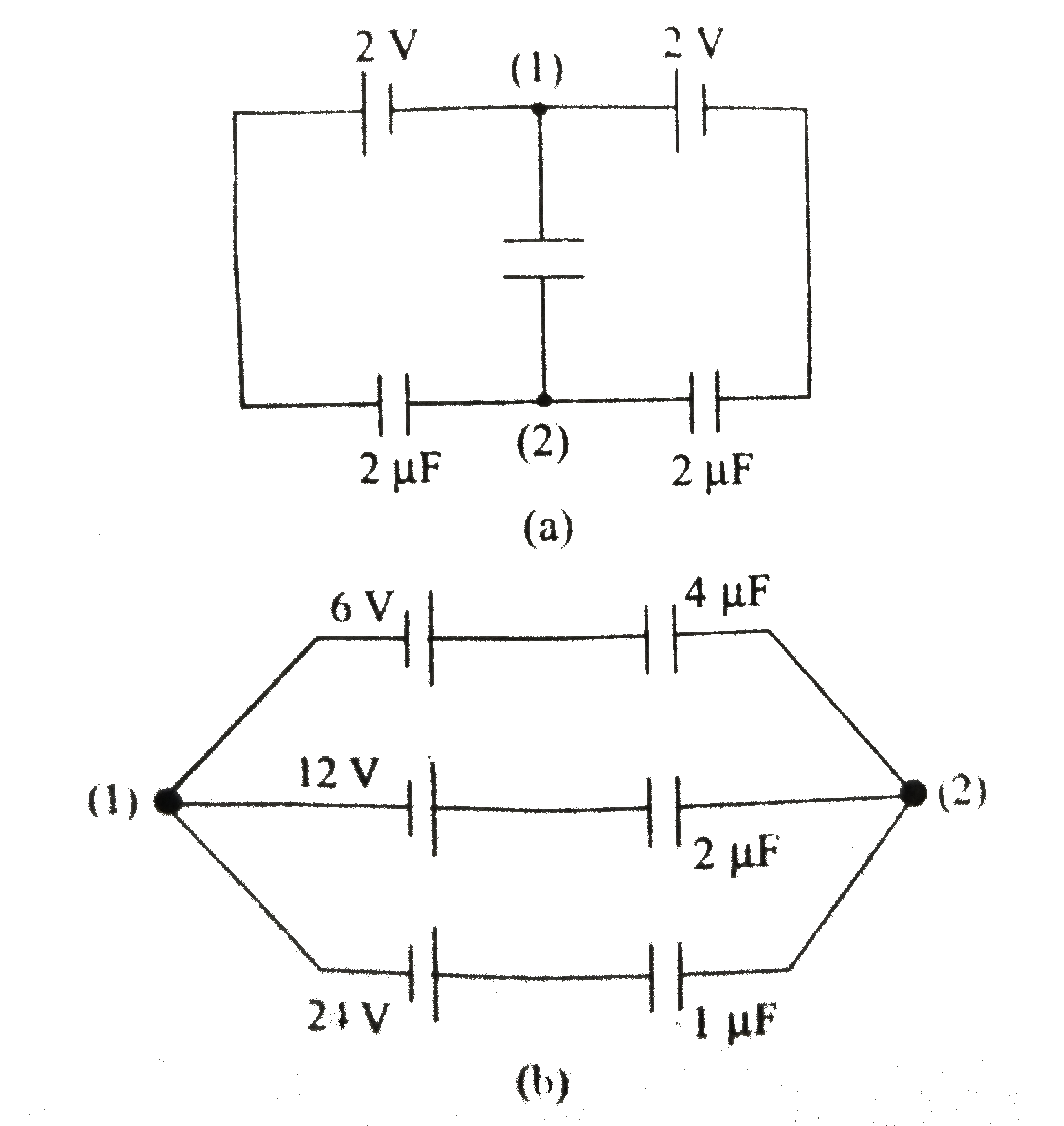 View Solution
View SolutionFind the potential difference Va−Vb between the points a and b shown in each part of the figure.
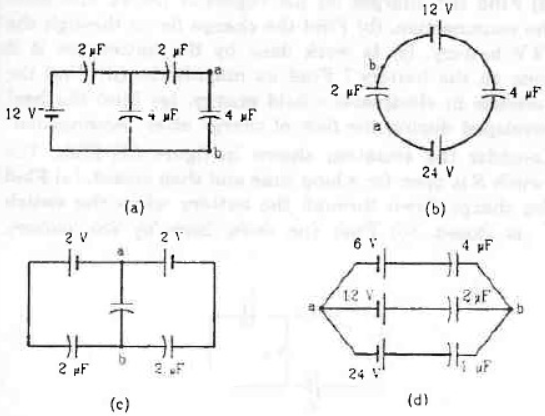 View Solution
View SolutionA battery of e.m.f. 10V is connected to resistance as shown in figure. The potential difference VA−VB between the point A and B is
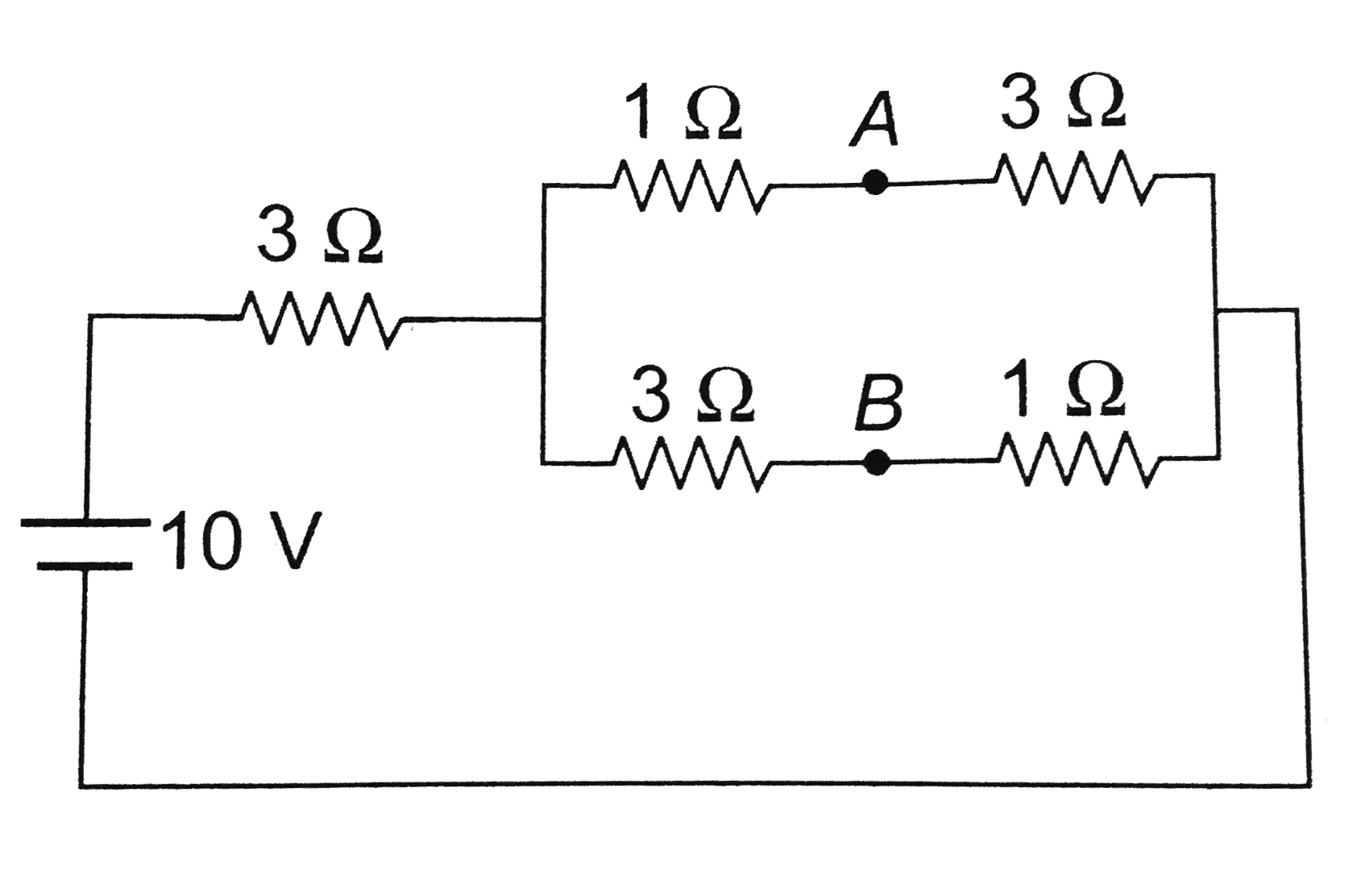 View Solution
View SolutionAn infinitely long line of linear charge density λ is shown in the figure. The potential difference VA−VB between the two points A and B is
 View Solution
View SolutionDetermine the potential difference VA−VB between point A and B of the circuit shown in figure . Under what condition is it equal to zero ?
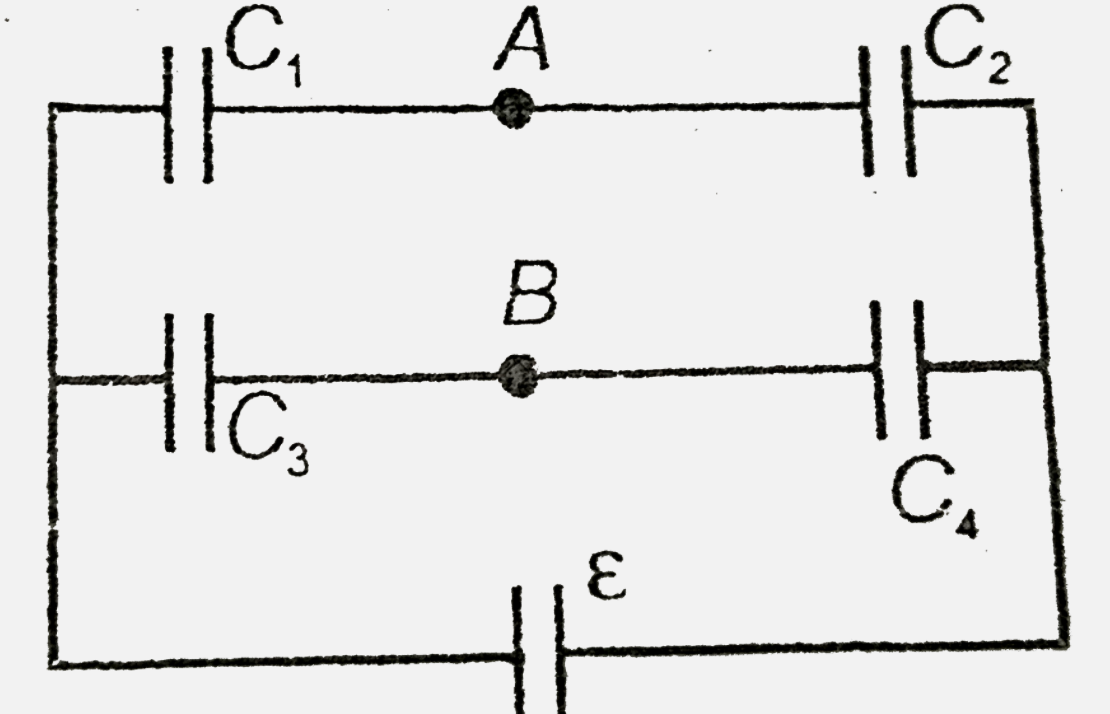 View Solution
View SolutionIn the diagram shown find the potential difference between the points A and B and between the points B and C in the steady state.
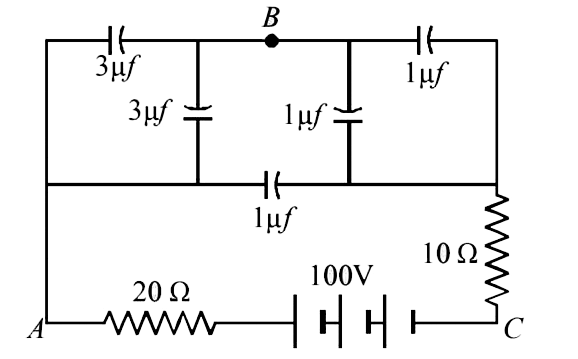 View Solution
View SolutionIn the circuit shown, the potential differences, V1 ( between A and B ) and V2 ( between C and D ), are
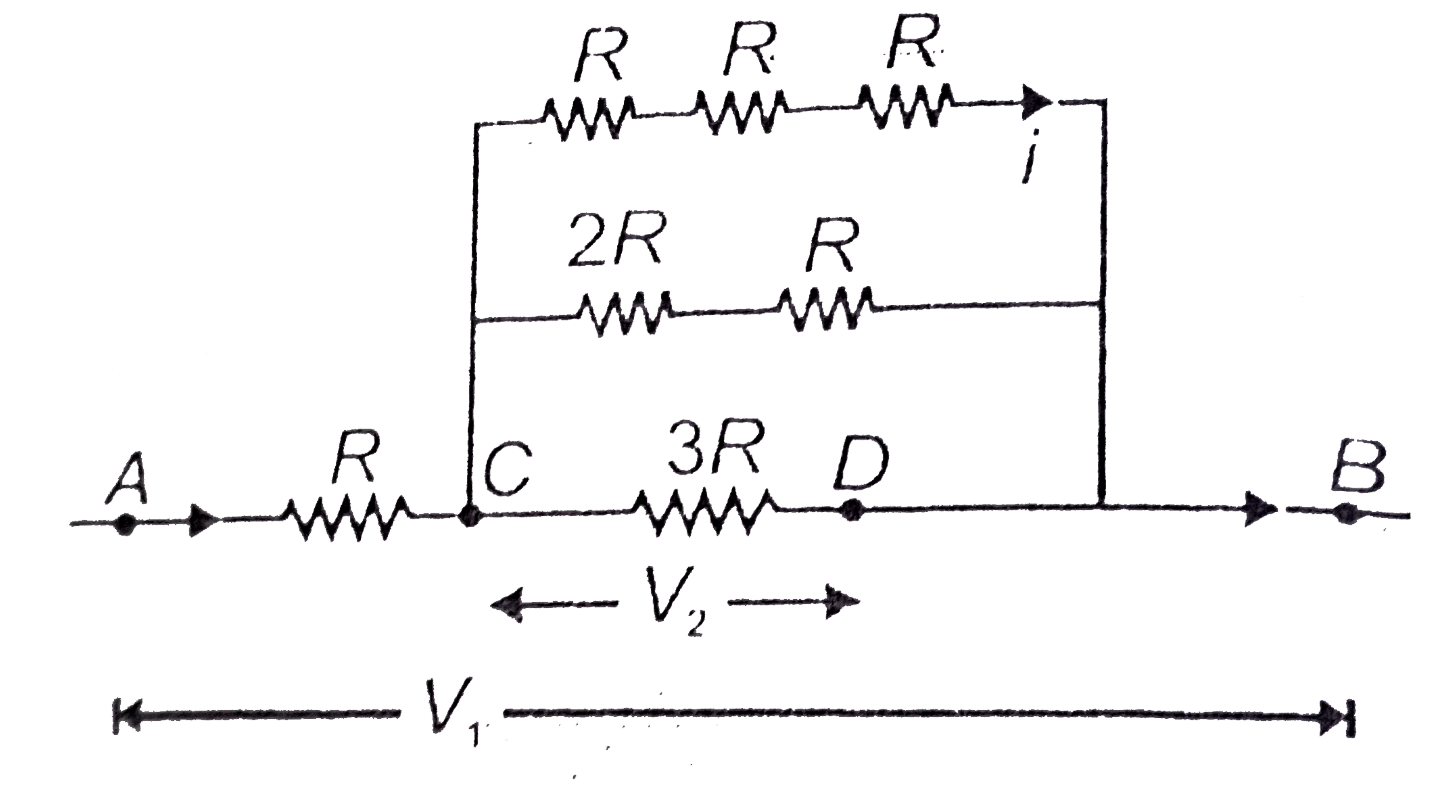 View Solution
View Solution

